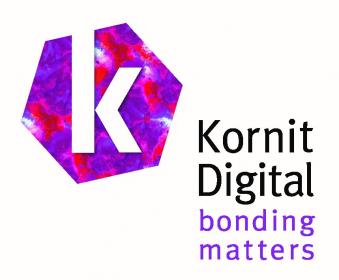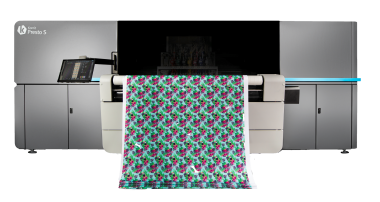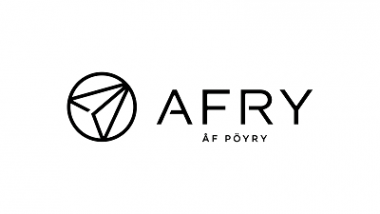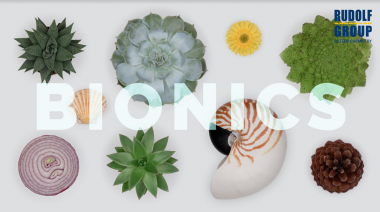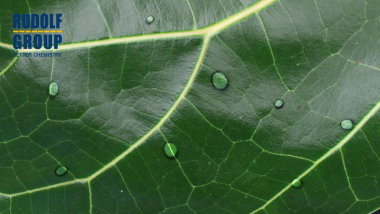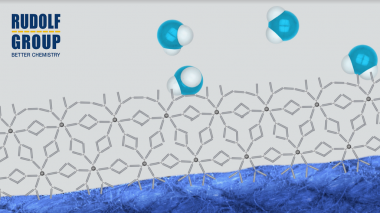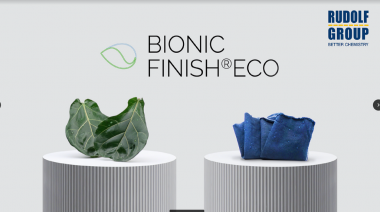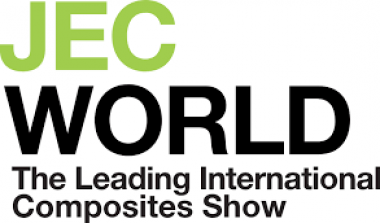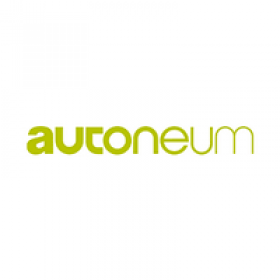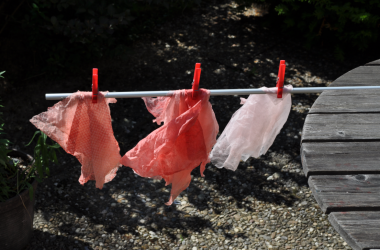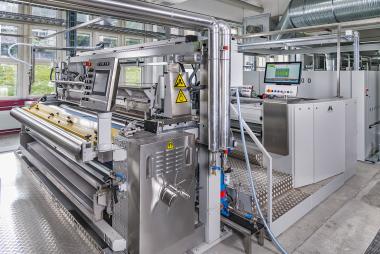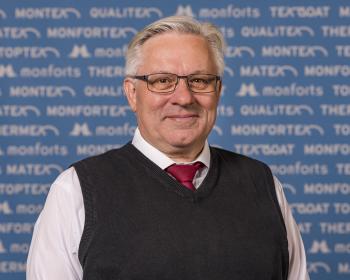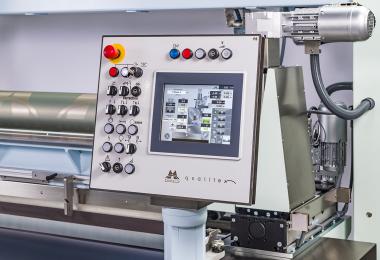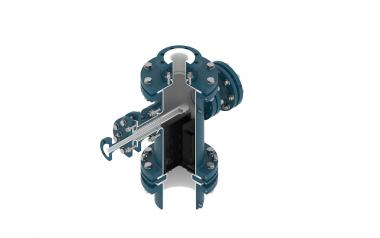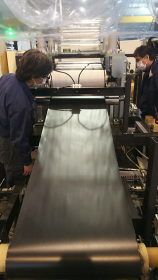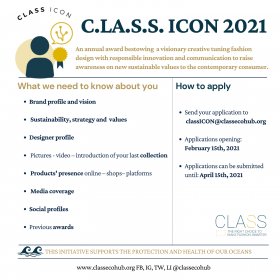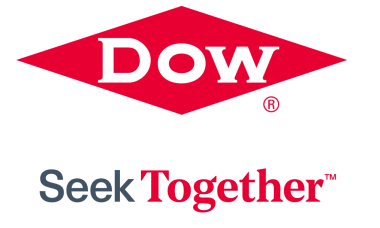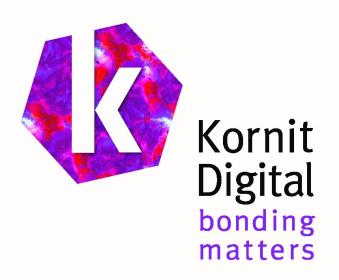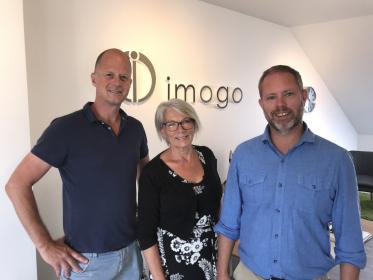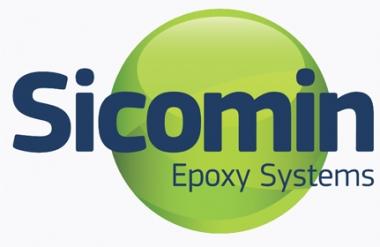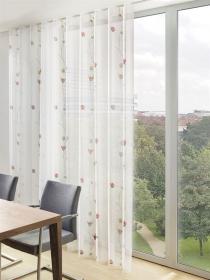SGL Carbon SE moves up to the SDAX after all
The Deutsche Börse AG Group announced that an incorrect data basis regarding the index changes published on March 3, 2021, had been corrected. As a result, the SGL Carbon SE share will be included in the small cap index SDAX on the chaining date on Monday March 22, 2021. The promotion to the SDAX is carried out within the framework of the so-called Regular Entry Rule.
The SDAX comprises 70 stocks, which follow the MDAX stocks in the ranking according to free float market capitalization and stock exchange turnover.
"We are very pleased that Deutsche Börse has corrected its previous decision and that we will be included in the SDAX," said Dr. Torsten Derr, Chief Executive Officer of SGL Carbon SE. "For us, the promotion is a confirmation of our restructuring efforts to date and at the same time an aspiration and obligation to consistently continue the path we have taken so far in the future."
SGL Carbon SE




